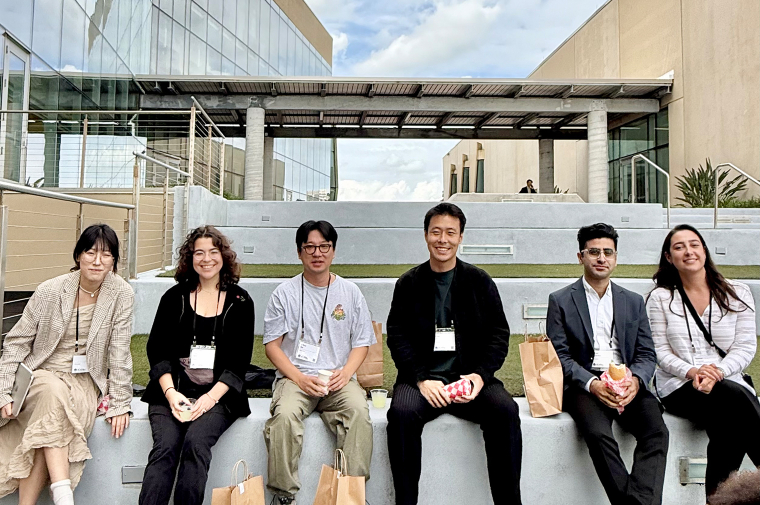March 31, 2025
Stuart Weitzman School of Design
102 Meyerson Hall
210 South 34th Street
Philadelphia, PA 19104
Get the latest Weitzman news in your Inbox
Areas
Assistant Professor Daniela Fabricius has been awarded a University Research Foundation grant for her book and research project A Minor Architecture: The Work of Jennifer Bloomer, which brings to light the astonishing and nearly forgotten work of the architectural theorist Jennifer Bloomer, who published and lectured extensively between 1985 and 2000. The grant will support a scholarly volume that features the collected writings and works of Bloomer, with interviews and texts by Professor Fabricius. This book would bring together, for the first time, a vast range of articles, lectures, and projects by Bloomer, which include previously published writings from journals like Assemblage, ANY, Perspecta, and Thresholds, as well as unpublished material including manuscripts, lectures, correspondence, projects, and drawings.
The grant will also support the collection, organization, and preservation of Bloomer’s archive. According to Professor Fabricius, “in the course of developing this project it has become clear that the assembling and preserving of Bloomer’s archive will be critical for future scholarship. The archival erasure of women in architecture is a pervasive issue in our field, and can be countered by this type of research.”
Bloomer was considered to be one of the most prominent and influential thinkers on gender, writing, and subjectivity to have emerged in architectural theory. Her highly original writing method—influenced by deconstruction, post-structuralism, experimental fiction, and feminist and literary theory—resists categorization. Her texts incorporate puns and humor, biographical fragments, Appalachian dialect, rich sensorial descriptions, dissections of texts and architectural drawings, historical references, and theories on feminism and the politics of the subject. Bloomer’s writing argues for what she calls a “minor architecture,” one that operates transgressively outside of the framework of dominant architectural narratives and ways of building, with particular attention paid to its suppressed materiality.


 Expand Image
Expand Image



